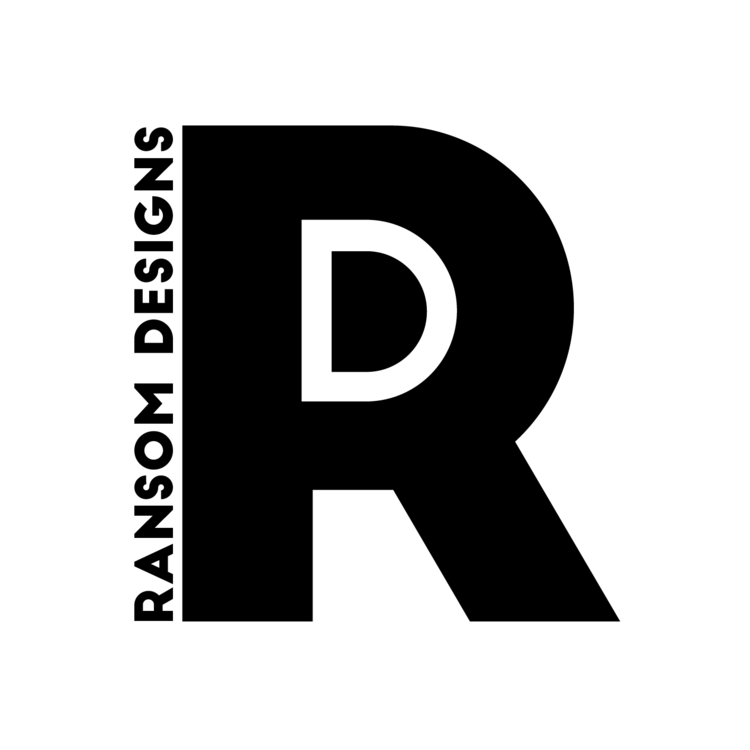In September 2022 I was commissioned by a client to make a design for a business card for her photography business. The brief was in summary, to design a tarot card style card that was a portrait of her holding a camera and the title “The Photographer” as a visual pun on cards such as “The Magician” or “The Devil”. These were the results:
Cut to last week, the client got back in touch with me explaining that she needed a logo based on the card so she could brand documents and social media account etc.. It was clear to me that not only was this a project in which I would create a logo, but also one that meant I could utilise some of the processes and practises I’ve learnt so far in my research project.
The first thing I wanted to address was that the image I had drawn for the client, really didn’t look a lot like the client. This was, as stated at the start of this research project, because I’m not very good at drawing. I had relied heavily on illustration references found online that I could manipulate. I wasn’t really using her likeness as a reference point.
I started the process by printing out the existing design and, like Davidson’s Skillshare tutorial, outlined the key features of the new illustration. Instead of using a reference image to draw directly on top of, I had found a few images of the client online to try and tweak the existing design to.
Once I had drawn this, I scanned in the image and placed it on top to the design in Illustrator.
I used the same techniques as in the fox drawing to thicken the lines and create a new image.
Once I had done this, I made sure I removed the tracing reference image and used the photographic images to refer to, but off to one side. This, I had learned, is a very important stage in the process that I was not doing before. It allows you to treat the design as its own object and make tweaks and changes based on whats going to look the best for the design, not what’s most accurate to the reference image.
Once I had gotten the drawing to a place I was happy with, I placed it into a new logo shape and added some elements from the card as filler.
I was reasonably pleased with the results here. I feel like I’m actually making a lot of progress in quite a short amount of time. By ‘progress’ I mean that I think I’m getting better at illustrations that will work well in logos. My main take aways that I have been able to put into practise are:
Thick lines - draw each side of a line separately. This gives the lines weight and therefore they work at small scales, but it also gives an uneven drawn look to the design, as if it’s been done with a pen.
Shapes - using geometric shapes as the first step to outline the basic ideas of the drawing.
Referencing - removing the design away from reference image as soon as possible. This gives the design it’s own autonomy and doesn’t let you fall into the trap of making it to accurate to the reference image.







